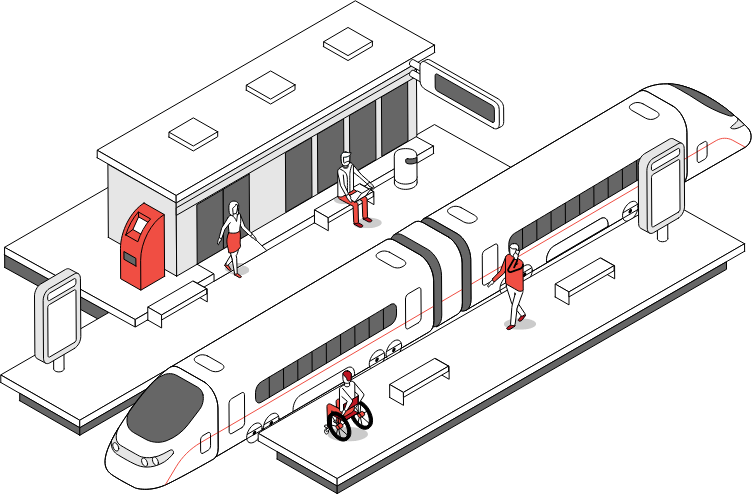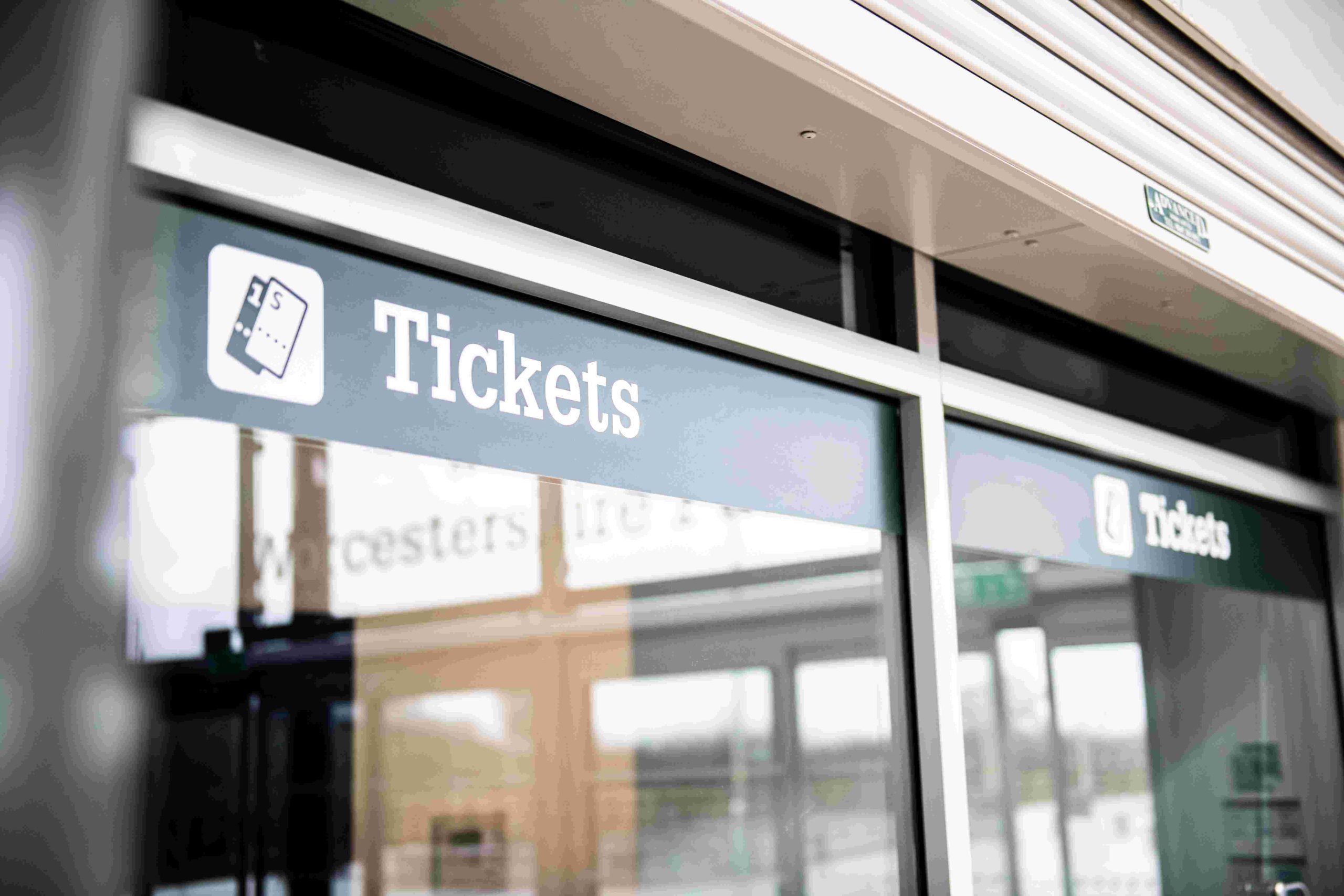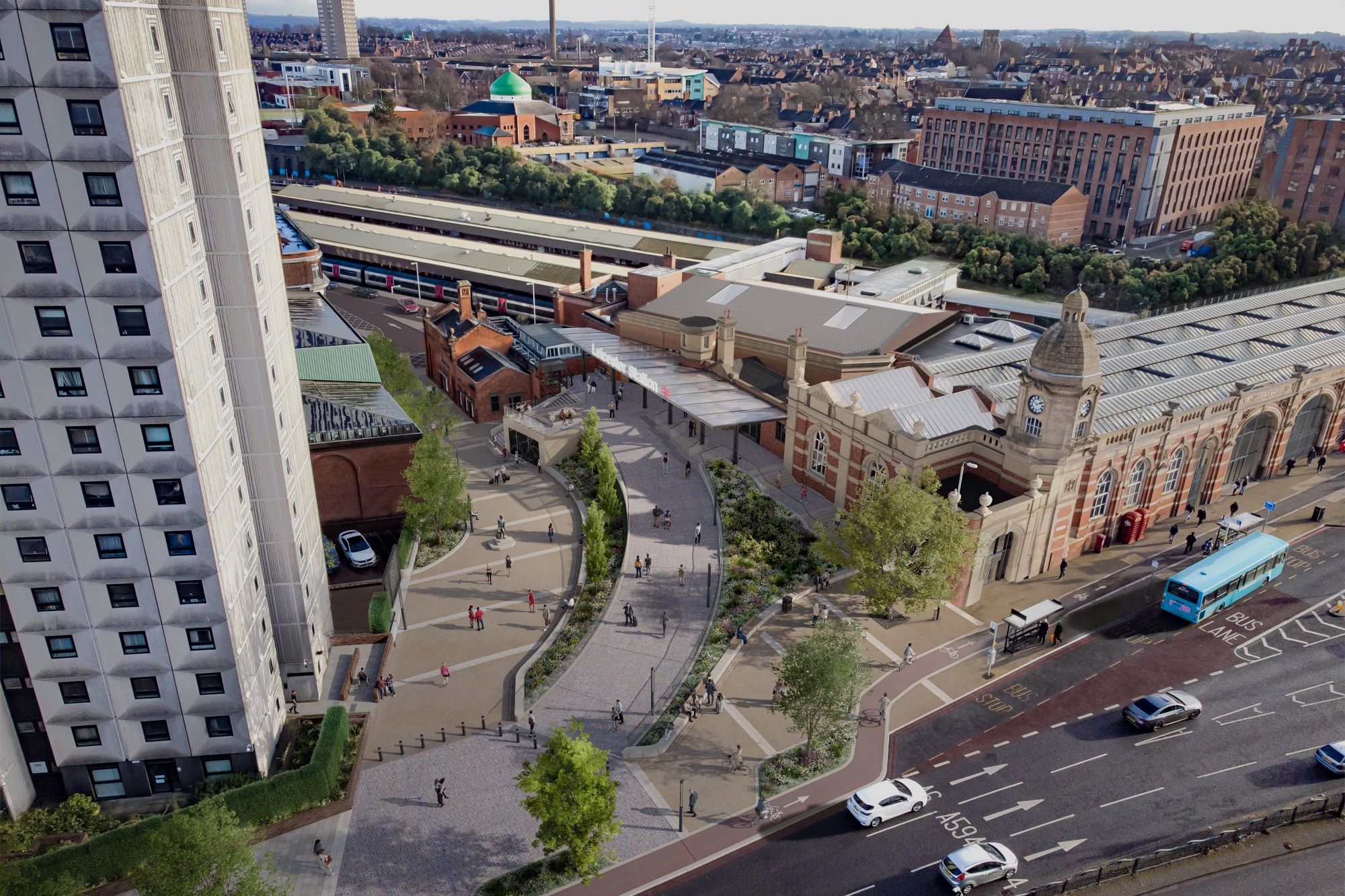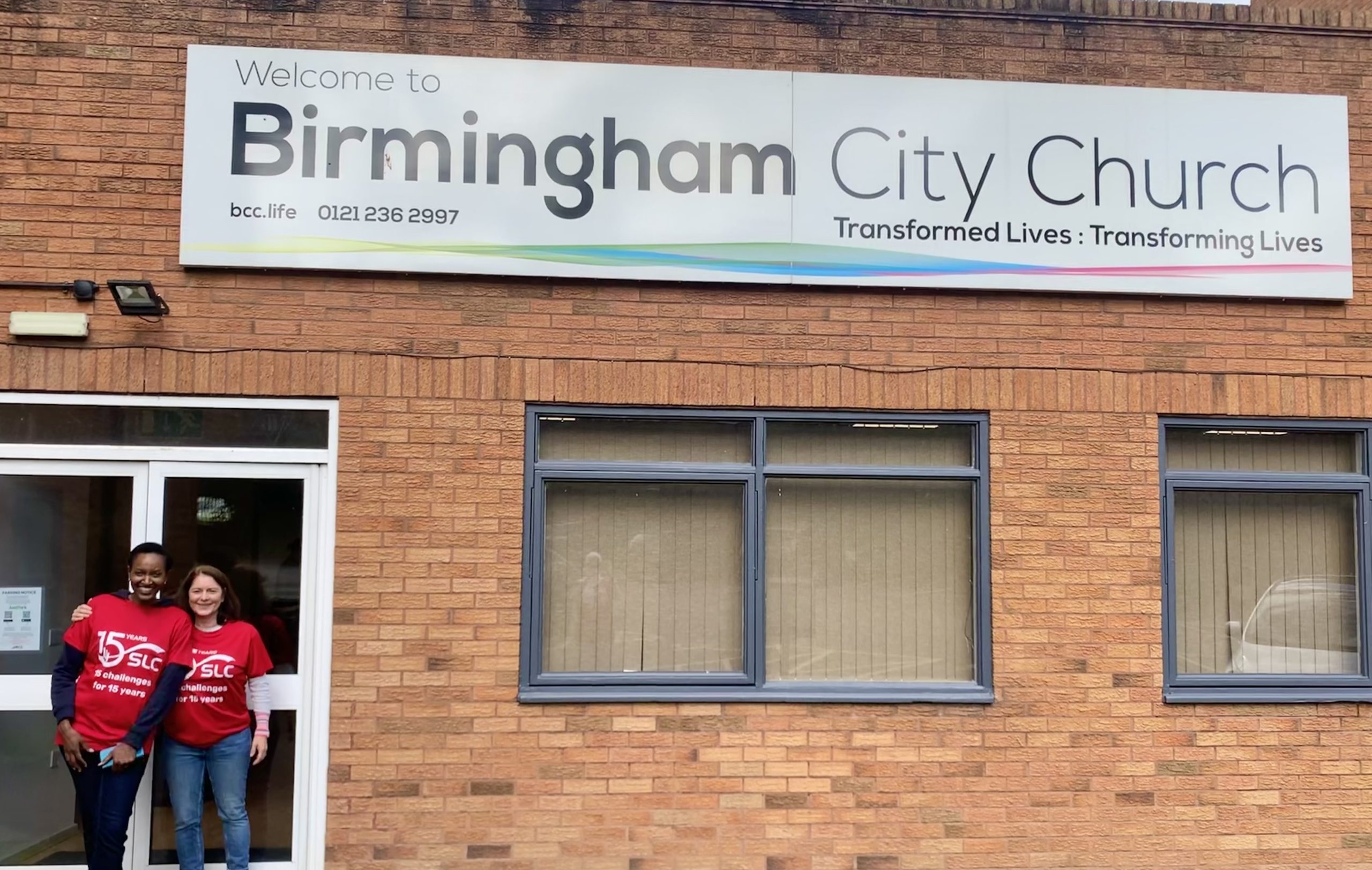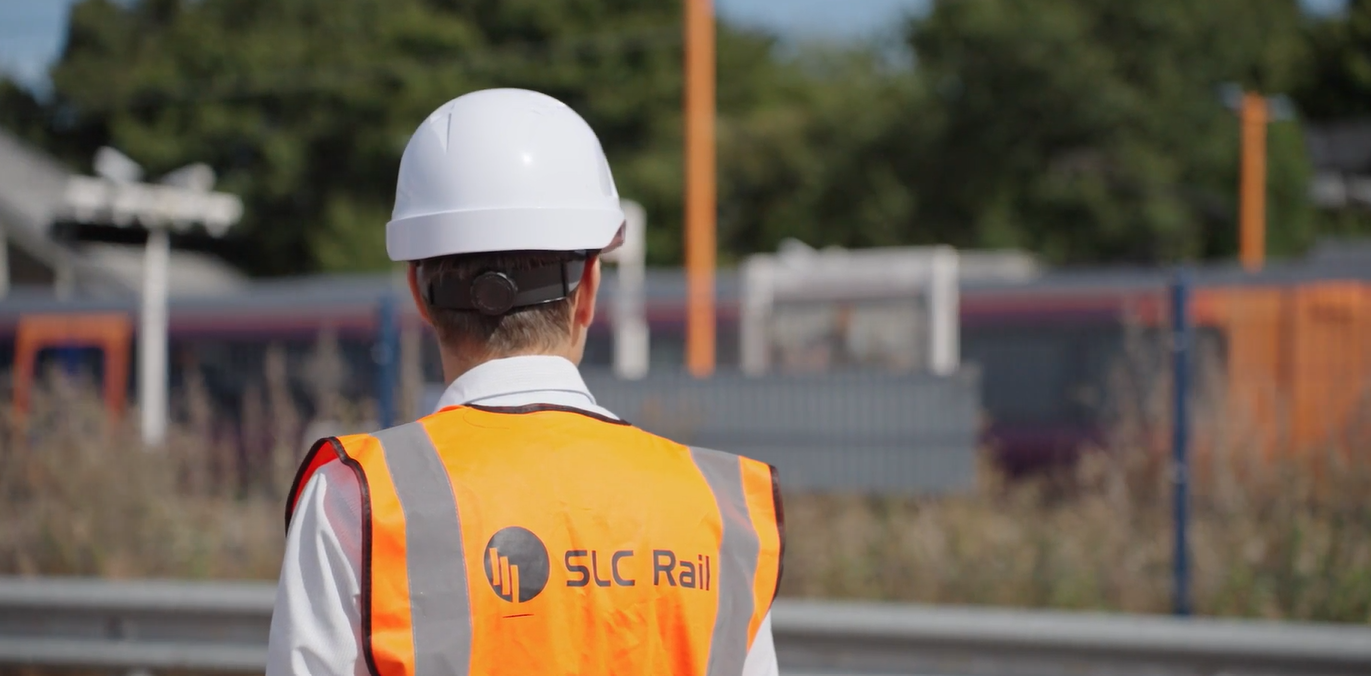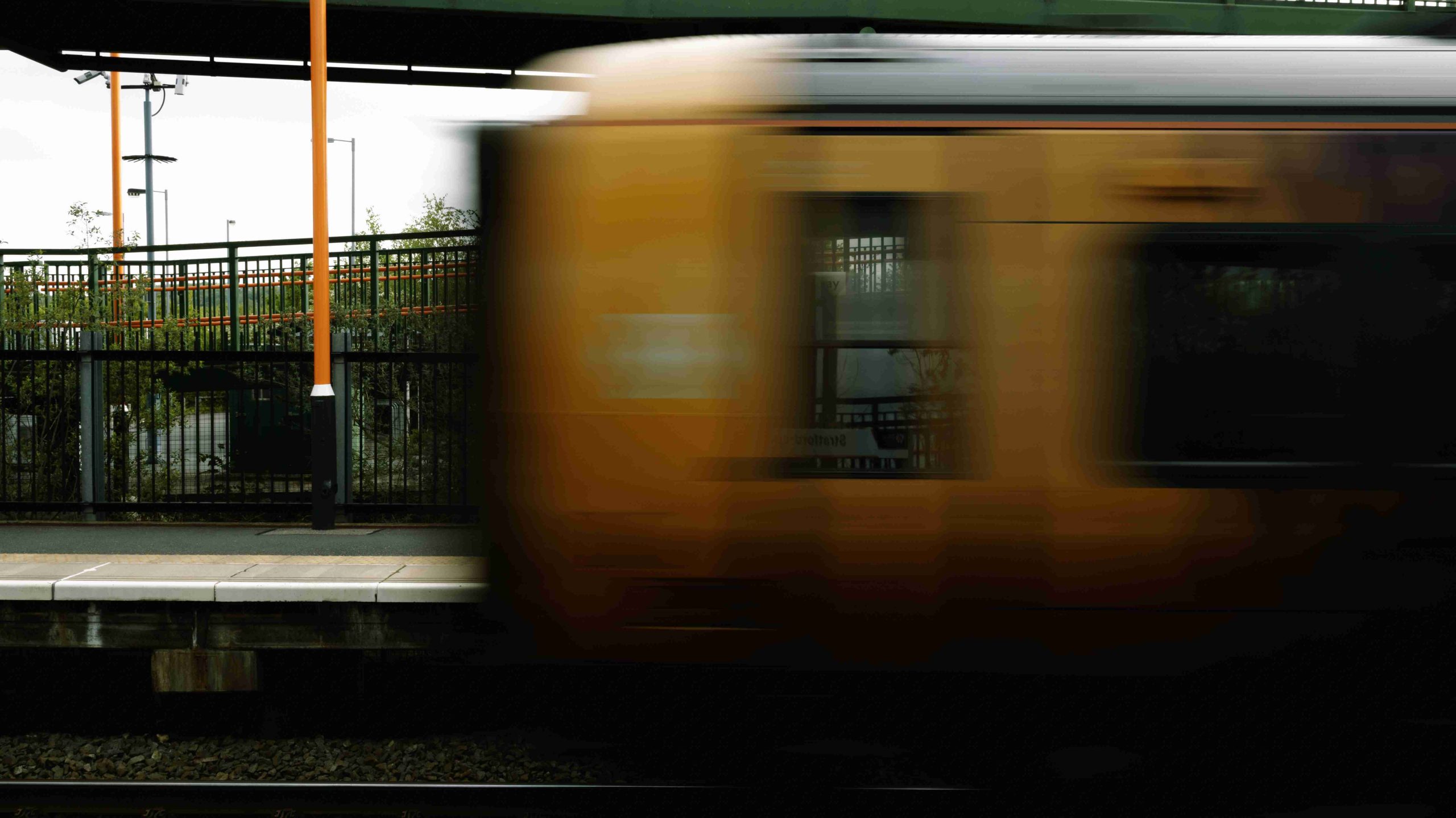Community Rail Network corporate partners SLC Rail and SLC Property discuss how connecting communities by rail, the theme of this year’s Community Rail Week, is a vital ingredient to the future prosperity of our railways.
Before Covid, journeys on Britain’s rail network were at an all-time high, having doubled over the past 20 years to almost 1.8 billion per year. But this rapid growth created its own problems, especially for commuters tied to traditional 9-5 working patterns, who suffered years of increasingly crowded conditions on their daily journeys. In March 2020, the situation changed almost overnight, with public transport use falling by up to 95% as people followed the instruction to stay at home. And as we’ve all adapted to new ways of working, the traditional commute has changed, at least for the time being, which has opened up new opportunities for our railway to provide a service to passengers and local people.
Stations serving the community
SLC Rail and SLC Property understand the role of new and refurbished stations in our communities and offer services to help clients drive economic growth and provide a service to passengers and local people.
“We now have different choices as to whether we actually travel; it’s no longer a choice of train vs the car,” explained Sam Uren, Director of SLC Rail.
“This gives us an excellent opportunity to change perceptions of rail travel, especially among those put off by stories of uncomfortable, crowded trains. When looking at our projects, ensuring our stations serve the community is an essential factor.”
We’re also at a time where there are significant opportunities with major projects such as HS2 and East West Rail, as well as regional schemes, including the Northumberland Line.
“If we get this right, we could see the beginnings of a renaissance in rail – and rail stations will play a key role in encouraging people to travel,” added Julie Throssell, Director of SLC Property.
Stations connecting communities
SLC works with local bodies to create bespoke stations that, in every way, connect with the community it serves. This is particularly important because with shifting priorities for passengers as to when and why they travel, they need to feel connected – and even excited – by public transport.
“The railway is essential in connecting communities. Good service and well-designed stations encourage people to shift from cars to public transport. This is crucial for a sustainable future”, explained Sam.
As part of the West Midlands Rail Programme (WMRP), SLC is helping to redevelop University station, in partnership with over 10 organisations. WMRP is led by Transport for West Midlands and West Midlands Rail Executive and SLC is providing project and programme management services as well as other technical advice across the programme.
“The redeveloped University station will have dedicated NHS facilities managed by the adjacent hospital, a marker for how it’s possible to embed a station into a way that better supports community needs. There are other great examples across the UK, and I am sure local communities themselves will have ideas on how the station could work best for them.” explained Sam.
Stations connecting people
Stations are not just about connecting people to destinations but also about connecting people emotionally to improve wellbeing. SLC Rail and SLC Property are corporate partners of Community Rail Network and work with Community Rail Partnerships and station adoption groups to help them work with train operating companies, Network Rail, and to navigate all the railway legislation and regulations to bring about station improvements.
Julie explains: “There is a strong desire for community, and it’s important for people to feel part of something, and stations can help.
“We are likely to see movements like Community Rail Partnerships grow even bigger in the next few years, especially if a nationalised railway removes short-term commercial pressures on station facilities and spaces.
“Volunteers get so much from involvement in community rail activities and everyone benefits from tangible benefits and legacies like libraries and gardens.”
The station staff may also have a big part to play in putting the community at the heart of a station. Julie continues: “As stations have also traditionally been designed around carrying commuters during peak hours, stations could become more of an all-day experience, creating opportunities for the station to be further embedded in the community.
“This may mean that station staff take on a station steward role and be more multi-functional depending on the community needs. We’ve already set this up at one of our stations that we worked on, and it was really popular.”
Stations supporting growth
Stations also have a role in enabling sustainable housing growth and SLC supports Local Authorities to transform existing stations, as well as to create new ones, and meet local plans to connect to new catalysts for growth.
“We need to give residents direct access to the rail network to ensure they can use the train and are not car-dependent,” said Sam.
“We’re seeing more people moving out of the city, so we need to ensure they have access to a rail network where they can still travel. People may have fewer days commuting but travel longer distances.”
Re-thinking the station as a community hub may also impact future funding.
Sam continues: “It might be that you could also attract funding from local authorities, National Heritage Funds, National Lottery or Levelling Up Funds when you put the community at the heart of the station.
“We’ve already been involved in helping some of our clients to apply (and be successful) in getting Levelling Up Funding and we’re doing innovative and exciting work in station master planning to ensure the potential of rail stations is maximised in local development plans.”
How we’re helping
Moving away from commercial franchises and establishing Great British Railways may present new opportunities for stations to become more of a focal point for the community.
SLC Rail and SLC Property will continue to work with clients and partners to support the Community Rail Network and its partners in putting the community firmly at the heart of projects.
Get in touch to find out more enquiries@slcrail.com.

